
Pakistan’s stunning flattening of Covid-19 curve
This story appears to be good to be true to the seasoned scepticism of the Pakistani mind
Sometimes it feels like Imran Khan and Pakistan have been saved from a coronavirus catastrophe by a selector in the heavens. The speed with which Pakistan flattened its Covid-19 curve – defying all local and international projections – is a feat that even aliens cannot deliver. It’s nothing short of a miracle that Pakistan has pivoted from a worst-case scenario trajectory to successfully flattening the curve without any widespread shortage of ventilators, hospital beds or PPEs.
At first, like many in the press, I bought into the narrative that the reduction in tests was driving the reduction in cases. This was quickly debunked when data showed that the positivity ratio has collapsed by half (more dramatically in Punjab, from 25% to 5%) and the number of people hospitalised or needing ventilators is declining proportionally. This means Pakistan’s progress is real. Even after the number of tests stabilised, the number of cases continued to decline sharply. So, I gave Dr Zafar Mirza, Pakistan’s Health Minister, a call to understand what explains Pakistan’s surprising flattening of the curve ahead of expectations.
“First of all, it’s a fact that Pakistan crossed its Covid-19 peak in the middle of June,” shared Dr Mirza. “Even by our own estimates, we were expecting the peak to hit us in July or mid-August and there are a number of factors that are driving this early decline.” The two most prominent factors, according to Dr Mirza, are a change in human behaviour (Pakistanis understanding the risk of Covid-19 and taking precautions seriously) and early, effective interventions by the government (for example, 2,300 smart lockdowns impacting 47 million Pakistanis).
This story appears to be good to be true to the seasoned scepticism of the Pakistani mind, so I pushed him on alternative explanations. What if there are other factors driving this like humidity or host genetics or cross immunity (Pakistanis take vaccines for a host of other diseases and this might build their resilience against Covid-19). “They may have been a factor, but we cannot say conclusively,” argues Dr Mirza. Plus, the fact that cases in India continue to rise, even though it shares most of these factors with Pakistan, shows there is something unique about the way the Covid-19 curve is behaving in the country.
Dr Mirza detailed the more than fifty evidence-based policy decisions rooted in data which helped Pakistan flatten the curve ahead of expectations. “How did you stay grounded in data when there was mass hysteria in the press and political pressure from the opposition to change course,” I asked. “We quickly identified the source of this hysteria,” shared Dr Mirza.
“The hysteria came from the upper, middle class of Pakistan, which had the resources to watch Netflix and not worry about their incomes,” says Dr Mirza. “They wanted to protect themselves by imposing mass lockdowns and ignoring what would happen to everyone else. The lower classes are voiceless and not part of the public discourse. Prime Minister Imran Khan had an unshaken resolve to look after the poor people of Pakistan in this catastrophe. No comprise on poor people, he would continue to re-iterate in all our policymaking conversations.” It was a priority call that would force this government to face the most withering critique of their tenure with cries of incompetence, confusion and even “blood on their hands”.
Dr Zafar Mirza is in no mood to celebrate though. “With Eid and Muharram coming, this is no time for complacency,” he warns. When I spoke with Dr Mirza, he was in isolation because of Covid-19. I asked him if going from the hyper-activity of managing a global pandemic to suddenly being in isolation gave him the chance to reflect on what he’d like to do next.
“I’ve had the chance to reflect deeply,” shared Dr Mirza. “And the core area I want to focus on is how we can institutionalise the incremental investments and capacity building in the public health sector over the last six months. We should take advantage of the attention from political and security leadership today to build a better, more responsive public health system for the long term.”









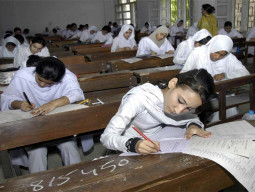

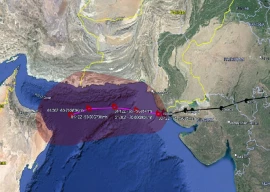
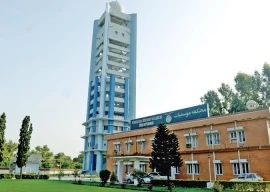

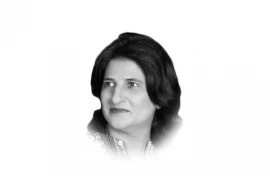
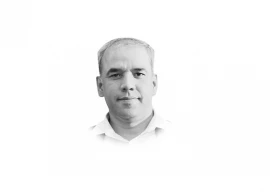
"Dr Mirza detailed the more than fifty evidence-based policy decisions rooted in data which helped Pakistan flatten the curve ahead of expectations." Would the author be so kind as to make this detail public.
Being an economist I am proud of the way COVID is handled in Pakistan. Its becuase we have a Prime Minister who has genuine concern for the public. Does he have the best team? Does he have a well defined long term strategy? Does he have political space? Difficult questions. Let us hope despite these possible lacunae his sheer hard work, passion and resilience pays off. Fortune favors the brave, as it has done in case of COVID. Let us hope we see a similar turnaround in the economy.
Excillent effort, no need to be complacent and drop catches. Incorporate all the sections of the society and body politics. Be careful and strict during Eid ul Azha and Moharram. Pray to Allah for mercy to Mankind. Ameen.
A thought: Quarantining Pakistanis in China (Covid19 source) in China and taking necessary measures on Government side and, of course, good luck (including hot weather) played in quick plunging / plummeting of Covid 19.
Very well written and well research article Mr Bilial! Keep it up!
I congratulate our beloved and one and only Prime Minister on his firm resolve,, despite severe criticism from opposition, to tackle this pandemic.